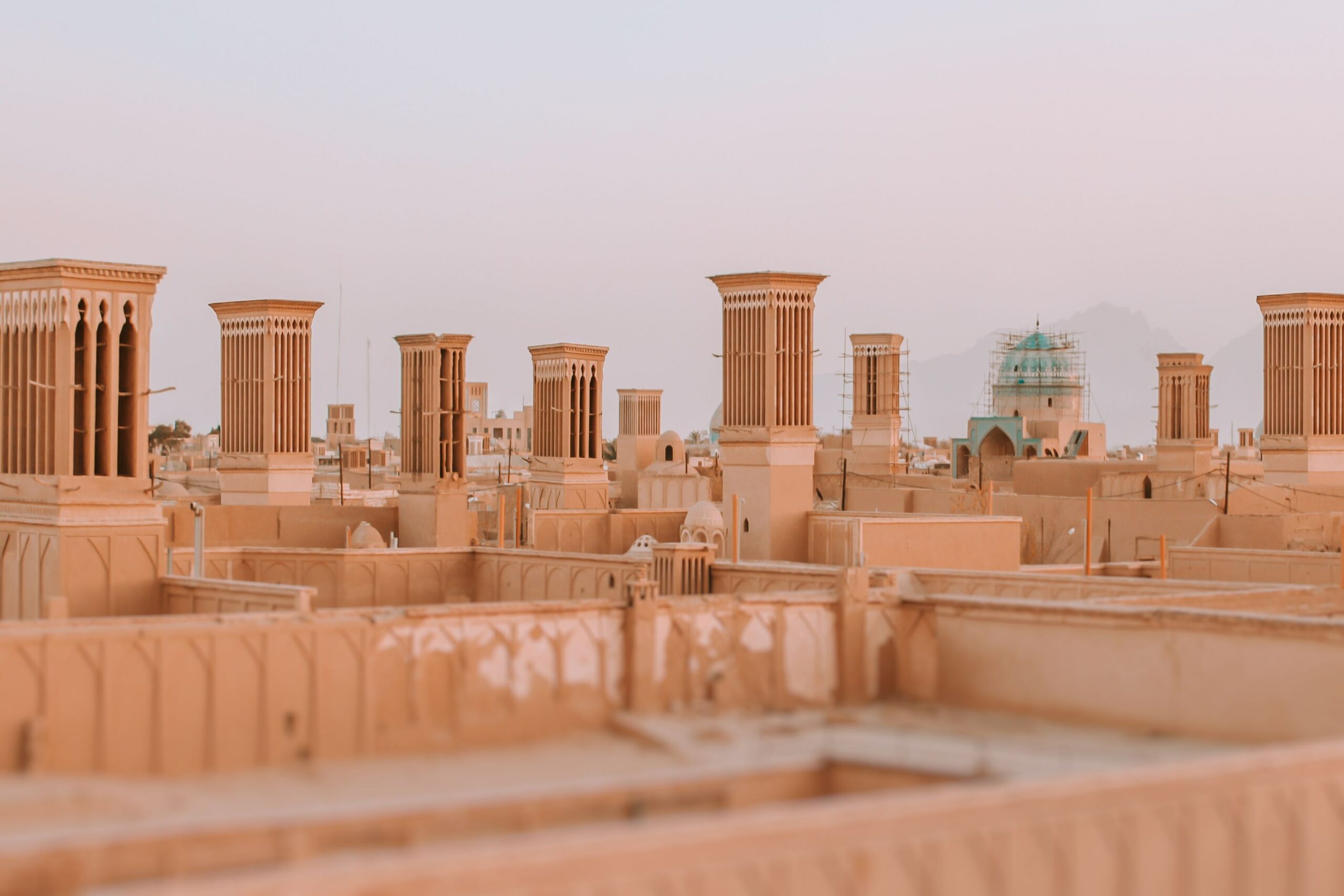About 700 years ago, people in the Middle East had air conditioning systems. Really, no joke. In central Iran, there’s a city in the desert called Yazd. There, you can still find this ancient air conditioning in use!
The ancient technology we’re referring to is called a badgir, or wind catcher in English. If you were to visit Yazd today, you’d see these wind catchers on top of some new and old buildings. They usually look like tall, rectangular towers coming out of the tops of roofs, and their top halves have multiple openings on each of their four sides. These openings look like long, thin windows. If you were to look inside them, you would observe that the tower is divided into multiple shafts on the inside, having one shaft for each opening.
Here’s how they work: when the wind blows, it enters into one of the openings at the top, goes down one of the shafts, then blows cool air through the house or building. They’re pretty effective too. For example, during the summer months of June, July, and August, the temperature in Yazd normally gets up to 100 degrees. Knowing that this ancient, non-electrical technology can handle temperatures like that is really impressive.
When you compare wind catchers with modern A/C systems, it really gives you a sense of how far we’ve come technologically. Currently, one of the most advanced A/C types is called the variable speed motor system. This system takes in temperature data and then only runs as fast or slow as needed. The advantage of this is that you’ll use less electricity than a normal A/C system, saving on utility bills!
If you feel it’s time to replace your old A/C system or want to learn more about your options, click here.




